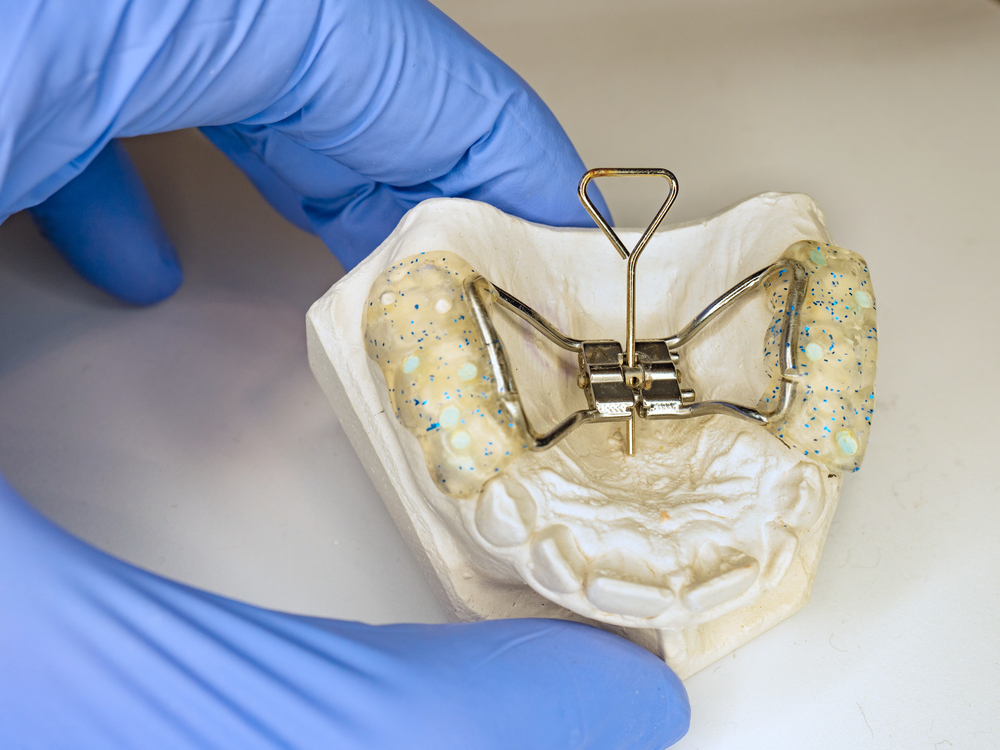In conclusion, palate expander pain is a common side effect of wearing orthodontic devices, but there are various techniques and tips available to help alleviate discomfort and make the adjustment process more manageable. By following a soft diet, using pain relievers, applying cold therapy, practicing proper oral hygiene, and communicating with your orthodontist, you can effectively manage palate expander pain and achieve a successful orthodontic treatment outcome.
After the desired expansion is achieved, the upper jaw bone is reattached to the skull using specialized plates and screws. The incision is then closed with dissolvable sutures, and patients are typically monitored in the hospital for a few days following the procedure.
 Benefits of Using an Expander Key
Benefits of Using an Expander Key
The expander key offers several benefits in orthodontic treatment. One of the primary benefits is that it allows for controlled and gradual expansion of the dental arch, minimizing discomfort and ensuring optimal results. By using an expander key, orthodontists can monitor the progress of the expansion and make adjustments as needed to achieve the desired outcome.
One of the most common side effects of orthodontic expanders is discomfort or pain. This is typically experienced in the first few days after the expander is placed and when it is activated to widen the palate. Patients may feel pressure or soreness in the roof of their mouth, and this discomfort can make eating and speaking more difficult. Over-the-counter pain medications can help alleviate this discomfort, and patients are advised to stick to soft foods and avoid hard or sticky foods during this time.
Introduction
The expander key is a crucial tool used in orthodontic treatment to expand the dental arch. This device plays a significant role in correcting malocclusion and improving the overall alignment of teeth. In this article, we will discuss the mechanism of action, types, and benefits of using an expander key in orthodontic treatment.
One of the more serious side effects of orthodontic expanders is the development of sores or ulcers on the cheeks or tongue. This can occur if the expander rubs against the soft tissues in the mouth, causing irritation and inflammation. If you beloved this article and you would like to obtain more information about narrow jaw kindly go to the web site. Patients should notify their orthodontist if they experience persistent sores or ulcers, as adjustments may be needed to prevent further irritation.
Mechanism of Action
The expander key is typically used in conjunction with a palatal expander, which is a dental appliance designed to widen the upper jaw. The expander key is inserted into the expander appliance and is used to activate the expansion mechanism. By turning the key at regular intervals, the expander gradually widens the upper jaw, creating additional space for the teeth to move into proper alignment.
Orthodontic expanders, also known as palatal expanders, are commonly used in orthodontic treatment to correct issues such as crowding, crossbites, and narrow arches. While these devices are highly effective in achieving the desired results, they can also have side effects that patients should be aware of. In this article, we will discuss the potential side effects of orthodontic expanders and how they can be managed.
Another side effect of orthodontic expanders is difficulty with speech. Because the expander takes up space in the mouth, it can affect the way the tongue moves and contacts the roof of the mouth when speaking. Patients may notice a lisp or other speech impediment, especially in the initial stages of treatment. Speech therapy exercises can help improve speech clarity and reduce the impact of the expander on speech.
Another effective way to relieve palate expander pain is by applying ice or cold packs to the affected area. Cold therapy can help numb the nerves and reduce swelling, providing immediate relief from discomfort. Simply wrap an ice pack in a towel and gently apply it to the roof of the mouth for 10-15 minutes at a time. Repeat this process as needed throughout the day to help alleviate pain and soreness.
Furthermore, practicing proper oral hygiene can help prevent additional discomfort and irritation caused by a palate expander. Brushing and flossing regularly can help remove food particles and bacteria that may accumulate around the device, reducing the risk of infection and inflammation. Using a soft-bristled toothbrush and gentle brushing technique can also help prevent further irritation to the gums and roof of the mouth.
.JPG)
